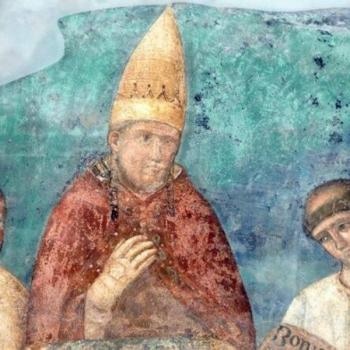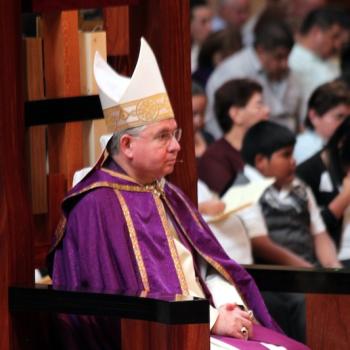This morning at the school Mass I summarized the Gospel passage of the disciples on the road to Emmaus after the children heard it proclaimed. I asked them, “what do Jesus’ actions remind you of?”
One hand went up, “Sounds like Jesus celebrating the Passover meal again.” Surprised at the answer since it was somewhat correct but not the answer I was looking for, I called on another student.
She said, “Sounds like the Last Supper.” Yes, I said. Again she was right.
Then another one, “Sounds like the night before Jesus died.” Yes, I said, that is the Last Supper.
Yet another one, “Sounds like communion.”
Surprised at the diveristy of answers, I finally said, “All those answers are correct, the actions of Jesus with the disciples on the road to Emmaus remind us of the Mass, the Eucharist. It follows the same structure.” All the answers from the children were correct because all these events build on each other: Passover Meal, Last Supper, Eucharist.
The kids got it. The encounter of Jesus with the two disciples on the road to Emmaus is structured like our celebration of the Mass. This is no coincidence. The earliest Christians already used this format for worship on the Lord’s Day.
Jesus used this structure on the road to Emmaus. He first explained to the two men the Scriptures, we assume he must have pronounced some passages from memory to then explain them. Later they sat at table and Jesus took bread, blessed it, broke it and gave it to them. It was at this breaking of the bread that the disciples recognized Jesus.
Our worship as Catholics is faithful to this very basic and ancient structure. We first hear readings from Scripture which are then explained during the homily (the Liturgy of the Word). Then we continue with the blessing of bread which is broken and given to all present (the Liturgy of the Eucharist). It continues to be so that in the breaking of the bread we recognize Jesus Christ. In the breaking of the bread, in the Eucharist, Jesus truly manifests himself to us as he did to the two disciples at Emmaus.
Ancient to contemporary writers have written that Jesus disappears from sight at Emmaus in order not to take away from his presence in the bread which has become his own body. He disappears from sight, but is still truly present in the Eucharist.
May God increase our faith to truly recognize him in the Eucharist. May our hearts burn within us every time we encounter Christ present in the Eucharist.












